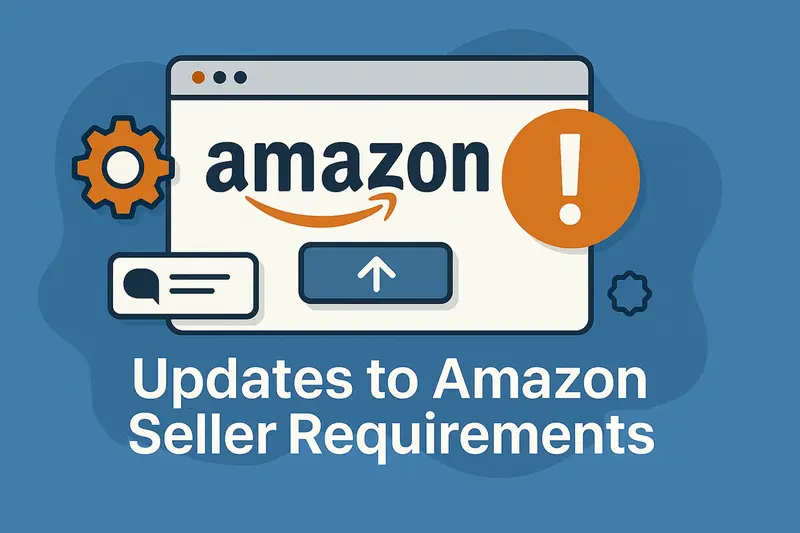Amazon Limits How Sellers Can Message Buyers

Last updated on June 09, 2025

In this article
 3 minutes
3 minutes
Amazon’s Buyer-Seller Messaging tool lets you reach out to customers when there’s a hiccup with an order or when they have questions: think missing details, address clarifications, or service follow-ups. It’s never been a billboard for promos or marketing; it’s strictly a support channel. Starting now, Amazon is tightening things up even further to protect buyer preferences and ensure you only send messages that truly matter.
How It Worked Before
Until recently, you could mark a subject line with “[Important]” to push your message past a buyer’s opt-out settings. In other words, even if a buyer said, “No thanks, I don’t want seller emails,” you could override that if you slapped “[Important]” on the subject. Amazon trusted sellers to use that sparingly, only for truly critical updates like “Your customized widget is delayed” or “Need help with your order return.” But, let’s be honest, there was room for misuse (even if accidental).
The New Changes
Amazon has removed the ability to add “[Important]” and override buyer opt-outs. If a buyer has opted out of seller communications, your message won’t get through, unless it’s genuinely critical to completing the order. In practice, that means:
- No More Subject-Line Overrides: You can’t flag any message as “[Important]” manually.
- Opt-Out Respect: If a buyer has chosen not to receive non-essential messages, your message gets blocked, unless it’s a truly order-critical update.
- Critical Messages Still Go Through: If you’re contacting someone to confirm a custom size, fix a shipping address, or resolve a payment hiccup, Amazon will deliver your message even if the buyer opted out.
Slash Your Fulfillment Costs by Up to 30%
Cut shipping expenses by 30% and boost profit with Cahoot's AI-optimized fulfillment services and modern tech —no overheads and no humans required!
I'm Interested in Saving Time and MoneyWhat Sellers Should Do Next
- Rethink Your Subject Lines
- Don’t worry about manually tagging “[Important]” anymore; Amazon handles critical identification on its end. Keep your subject lines clear and concise—“Issue with Your Order #123-4567890” is fine.
- Use Amazon’s Message Templates
- These templates auto-insert the order ID, translate into the buyer’s language of preference, and automatically flag truly critical content. They’re a time-saver and help ensure Amazon recognizes your message as essential.
- Focus on Truly Critical Communication
- Ask yourself: “Is this message truly necessary to complete the order?” If you need to verify a shipping address, correct a payment method, or address an out-of-stock situation, go ahead. If it’s a follow-up—“Hey! Buy my new product!”—save it for social media or your own email newsletter.
- Stay Organized & Document Everything
- Because Amazon now filters more messages, keep detailed records of when and why you contacted buyers. If a buyer reaches out later asking why they didn’t get your message, you’ll know exactly what happened.
Why These Changes Matter
At the end of the day, Amazon is aiming to keep buyer inboxes free of clutter. You want your truly essential messages (like “Your order requires more info” or “Your refund is processed”) to land easily in your buyer’s inbox, not buried under promotional noise. By removing the “[Important]” override, Amazon ensures that only messages genuinely vital to order completion break through.
For sellers, it’s a quick pivot: lean into Amazon’s templates, keep communication laser-focused on order fulfillment, and respect buyer opt-outs. That way, you maintain trust, avoid blocked messages, and keep your operations running smoothly, one critical message at a time.

Turn Returns Into New Revenue





